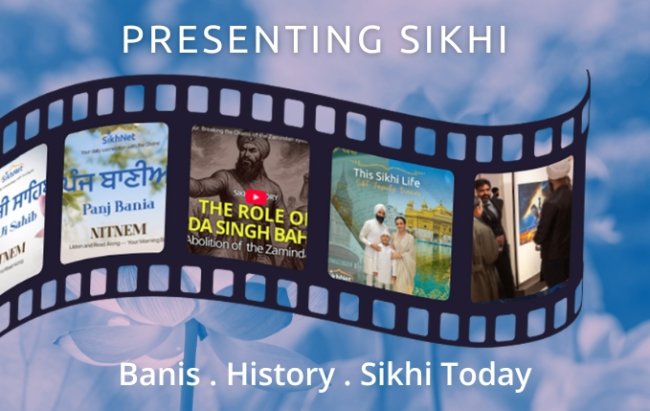14 November, 2014: Like with too many other people, the year 1984 meant nothing to me back in 2009. Or, to be perfectly honest, it only invoked Orwell. So, that 25th anniversary of 1984 came and went, leaving me generally unfazed.
This thirtieth year after 1984, I came across Sikh Millennials spending much energy to collect stories from 1984, the year India’s 2% Sikh minority faced widespread attacks and tens of thousands of deaths. I joined these Sikhs from across California, and now across North America and beyond, in a project that honors the dead while focusing on the living: the 1984 Living History Project.
This memory-keeping project now comprises of hundreds of videos of those who survived the violence in India, those who were forced to watch their old friends and own police force turn against them, those in the Diaspora who watched the faraway news helplessly—relatedly, California has the largest Sikh asylee community in the nation. We are collecting all these stories: any Sikh alive in 1984, has a story to tell.
Child witnesses to the violence are particularly compelling: “I have no other memories from when I was 5 years old…. but this I remember vividly,” explained one woman whose family migrated to Punjab, the Sikh stronghold state in India, fleeing the November 1984 pogroms. These pogroms are best-recorded in New Delhi, but took place across India.
A student in a premier school in Delhi in 1984, Reshma Singh, now working at UC Berkeley, remembers, “When we entered our beautiful classrooms with all of our posters up there, we saw the walls were completely charred, the ceiling fans were hanging, melted, upside down, and all of us students spent the first week tearing out sheets of our notebooks and scraping the walls clean...it felt like a whole era...everything we had worked on had been erased.... It was horror."
The telling of the 1984 human story, in popular Indian imaginary, has become limited to the gruesome violence on the streets of New Delhi after the assassination of Indira Gandhi, allegedly by her Sikh bodyguards on October 31. Undoubtedly, this Halloween too will see some media stories about the assassination and ‘aftermath.’ However, there is so much more to the story: the organized violence against Sikhs across India, complete with lists of Sikh households in the hands of the marauders directed by the sitting Prime Minister’s office; and the violence many, many months before November 1984, especially when the Darbar Sahib—“Golden Temple” to foreigners, akin to the Vatican or the Temple of Jerusalem or Mecca—was sieged by the Indian Army on a Sikh high holiday, killing a yet unknown number of pilgrims, leaving at least ten thousand pairs of unclaimed shoes in the Golden Temple complex alone.
“After the June attack...We were the outsiders and they were the insiders... All of a sudden, we wore a scarlet letter on our chest,” narrates Mr. Manchanda who grew up in Kenya, and found himself as a grad student in Texas in 1984. “1984 accelerated my need to become American…to belong,” he says now in his California home.
Learning this story was a long journey for me. My learning came from more than a history lesson taught to me at a Sikh youth summer camp, which left me feeling little more than a brief period of sadness for those that died, but ultimately a sense of disconnect from a history I did not see as my own. It came with a sense of involvement in a project about living with history.
The buzz of activity within the Sikh American community in 2014 highlights a fascinating aspect of our immigrant nation: how a community continues to appear (as obscure) as before on the outside, while facing watershed moments on the inside. The community’s young are organizing to help shape their own politics of representation: for example, gender equity (insisting on equal representation of women’s voices in a culture where men mostly speak publicly on ‘hard’ topics); claiming space (insisting on interviews in first language rather than pandering to being understood by English-speakers at the cost of sounding stultified); and comfort with complexity (insisting on collecting diverse community stories, without over-simplifying the narrative only later to be accused of embellishment).
I won’t pretend to ever truly understand what people went through. But this project is helping me catch a glimpse of what life was like there, while also bridging the generation gap between the technology-savvy young who created the project, and the wizened survivors who are helping spread awareness through their stories. These stories have emboldened me to stand for a cause as a second-generation Californian Sikh American whose chief preoccupation otherwise is graduating college. This Freshman year is different than I had expected through High School.
Keerit Kaur Kohli grew up in Diamond Bar, California and is now a Freshman at UC San Diego.

